‘I felt outraged I had to do this so soon’ – decluttering after bereavement is never easy, but an organizing pro reveals the crucial mantra to relieve decision-making doubt
There are no mistakes when you’re clearing out a space after the death of a loved one, pros say


Decluttering after a bereavement is always going to be an emotionally heavy task, and can often come with doubt about what is the right thing to do with regards to keeping, or streamlining items.
For reader Tania, this was compounded by only having a week to complete the job as she waded through the thickest grief for the sudden and shocking loss of her younger brother, Tim.
Tania connected with a professional organizer who gave her decluttering tips to help cushion this loaded job, with the most helpful insight being that there was no such thing as mistakes in these delicate circumstances.
How to manage when decluttering after bereavement
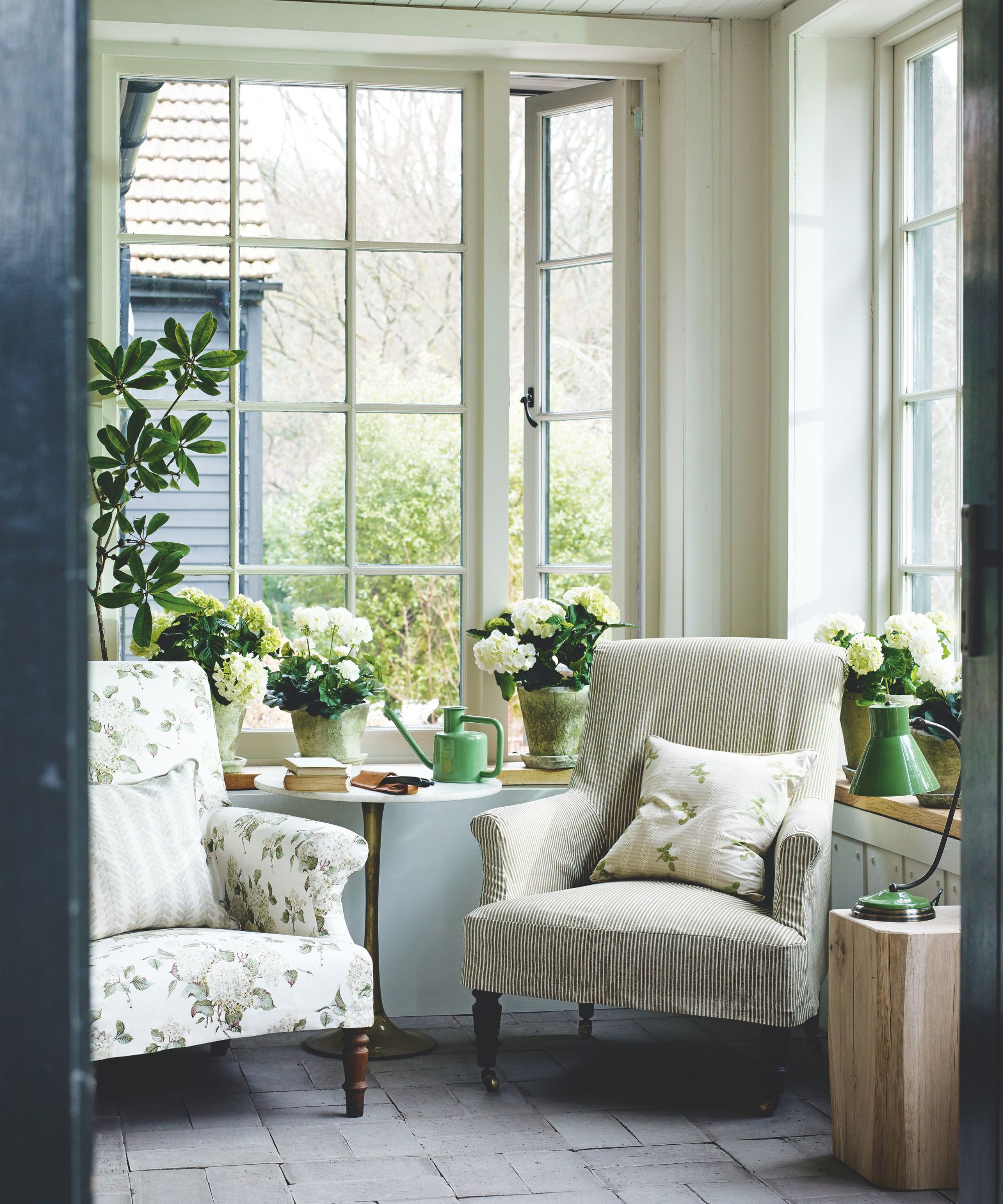
Tim was just 28 when he passed away in California from an accident. His big sister, Tania, now 39, traveled to his home to declutter his belongings and pack up his remaining things just days after learning about the loss.
Tania says, ‘I felt outraged that I had to do this so soon, terrified I’d make the wrong decisions, and stressed about the avalanche of administrative work and organizing important paperwork that comes after a death.’
Her parents, reeling from the grief and their health concerns, couldn’t take on the task, so Tim’s closest friends rallied while Tania started the task she had a week to complete.
A long-time practitioner of the KonMari Method in her own life, Tania was no stranger to letting go, but grief changed the rules. She had already been working with Rebecca Jo Rushdy, KonMari Master Consultant and founder of Spark Joy & Flow, who, during this difficult time, gently reminded Tania there was no right or wrong way, no mistakes, and advised to ‘keep what feels right.’
If you’re facing the same difficult and emotionally turbulent decluttering challenge ahead, there are three things to keep in mind to ease the burden on your heart whilst decluttering after bereavement.

Tania with her younger brother Tim after his graduation. The siblings were always close
1. There is no 'correct way'
Rebecca reminds us that ruthlessly decluttering is a ‘process [that] is deeply personal’, and with Tania’s deep and lifelong bond with her younger brother in the forefront of her mind, it was impossible not to recall many nostalgic moments as she decluttered his entire home, room by room.
She says, ‘Despite our five-and-a-half-year age gap, we spent a lot of time together, we negotiated which shows to watch so that we could share the TV, we dreamed up movie nights and made our own tickets to the showing, we chose the right games so we could play our Nintendo together, the list is endless.
‘I have a vivid memory of us playing on the floor with Jenga blocks, and Tim had built an entire parking lot structure with entries and exits, where I had just built a simple tower. Growing up, we would pop into each other’s rooms regularly to chat all the way until adulthood.’
The emotional part of decluttering Tim’s home was by far the most difficult for Tania.
She says, ‘I am a regular ‘Konmari-er’ and since I was young, I have never had any issues with letting go of things, but the weight of this task was my biggest challenge. Seeing the way my brother hung and organized his clothes, where he last placed his glasses, his finger markings in a tub of cream, was emotionally unbearable for me.’
Take breaks as needed when completing this emotional task. Using a lidded basket, available affordably at Walmart, can help you keep items you're working through corralled together and easily accessible, but out of sight if you need a visual break from the temporary mess that can come with streamlining.
2. Don’t keep everything
Rebecca advises not to be tempted to keep everything, as ‘it only delays the grief work you’ll eventually need to do.’
With this in mind, she gently supported Tania to streamline Tim’s belongings. Tania explains, ‘Rebecca guided me through it all and reminded me that Tim would know that I was doing the best job I knew how to, that I would keep the ‘right’ things, and that there were no ‘mistakes’.’
Time would have given Tania some respite, but unfortunately, she had less than a week to clear out her brother’s apartment, locate all of his storage boxes, return the keys, and do all of the laundry, all whilst avoiding decluttering regret.
The light in the dark tunnel she faced was friends Kevin, Amy, Kelly, Nate, Lester, Becca, Rachel, Ryan, Cleo, and Mike, whose ‘support and presence was the greatest gift for the bereaved'.
If you find yourself in this position, don’t feel as though you have to declutter alone. Call on your friends, relatives, and people you trust to be by your side and shoulder some of the practicalities.
Say ‘yes’ to offers of food, tip runs, and practical help without guilt or discomfort. If negative thoughts of inconveniencing others creep in, imagine the situation were reversed, would you be willing to help your loved ones? Apply that gentle care here and know you are worthy of receiving the same level of support.
Ask friends and family for help, and know that decluttering can become a bonding activity. When my grandmother passed, my cousins and I gathered in her apartment and worked together to figure out what to keep and what to sell or donate. It was comforting to revisit memories of our grandmother together and hand out her most treasured sentimental items between us, including her wedding china and sentimental items, such as jewelry.
Tania adds, ‘I am somewhat of a minimalist and have never had problems getting rid of things that no longer serve me. My own space has always been sacred, and the items I have from my childhood are thoughtfully curated, and each has a meaning. I also know exactly where everything is. This experience made me more conscious of how one’s organization and keeping a regular decluttering schedule is a gift for the loved ones you leave behind.’
3. Declutter with the future in mind
One bittersweet moment of decluttering after her bereavement stands out to Tania. She recalls opening a storage box neatly packed with sports jerseys, ski gear, and party costumes, which her cousin dubbed 'Tim’s box of fun'.
Tania explains, ‘It reminded us that Tim led a full life. He worked hard, had adventures, made memories, and achieved far beyond material successes.’
When you declutter sentimental items, curating a keepsake box can be a comfort. Picking a vessel for the storage, such as an A4 lidded plastic storage bin from Amazon, will help by giving you a finite amount of space to fill with these items, documents, trinkets, or memorabilia.
Tania says, ‘As Rebecca told me, there is no right or wrong way to do things. It is very personal. It is also not helpful to keep everything as this only delays the process. Decluttering now is almost a gift to your future self since everything you have of theirs has already been considered important.’
Grief books Tania recommends
Through her bereavement and coming to terms with the loss of her brother, Tania read many books, some of which really resonated and helped. These are her recommendations, as well as a pick from editors here at Homes & Gardens.
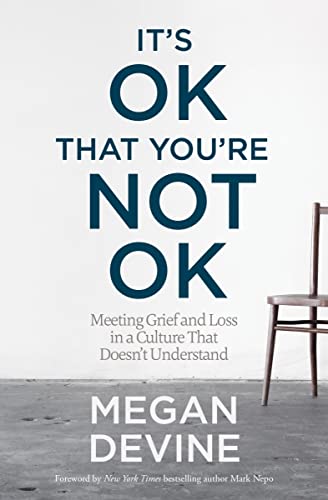
Tania says, 'This book really helped me feel seen and summarized all of the frustrating interactions that often come after a death, such as when people say “let me know if you need anything”, or “feel better”. This is an important book to read if you or anyone close to you has lost a loved one to better understand what they are going through.
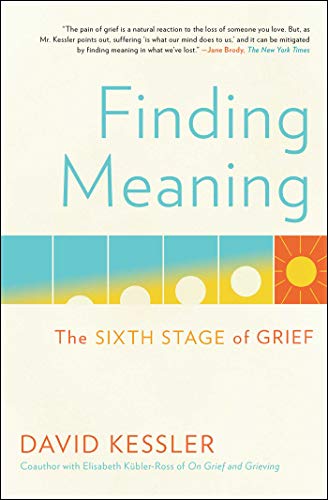
Tania says 'When you lose someone so important, your own life seems trivial. Seeing loss in a different light by focusing on the love that was brought into your life re-framed losing my brother and helped me find a drive to live a life that he would be proud of.'
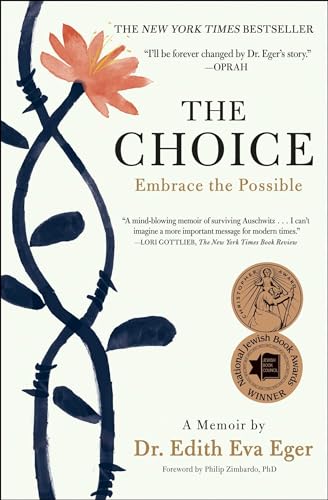
Tania says, 'This one was a special one. Edith writes about her experience living through the Holocaust and her ability to see past what happened. It is a story of how traumatic experiences should not shape one’s entire identity.'
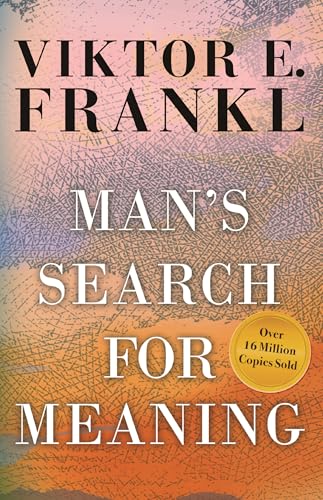
Tania says, 'A classic for anyone who feels lost, the book is a story of resilience, spiritual strength, and the motivation behind living, including how you can change yourself, even if you cannot change the situation you are in.'
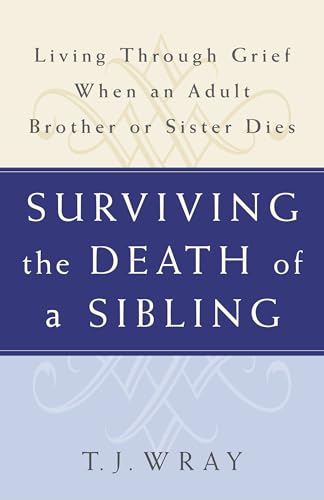
Tania says, 'Sibling relationships are so unique. You grow to full-fledged adults with inside jokes and understand each other in ways others cannot. When people kept asking me how my parents were doing, I felt like my own relationship with my brother was not being seen as ‘important’. This book helped me see that grieving siblings often feel this way.'
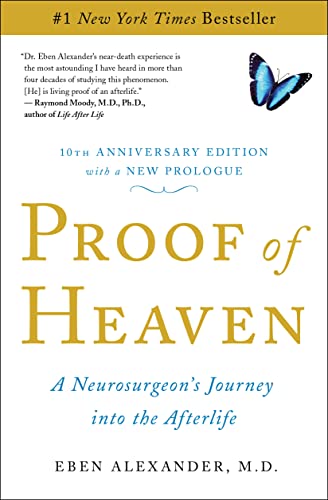
The real-life retelling of a near-death experience and medical miracle experienced by world-renowned neurosurgeon, Dr Eben Alexander. This book changed my life and gave me hope for what may be ahead when I read it after the devastating loss of my cherished aunt.
Decluttering after Tania's bereavement left a lasting impact on her own home. Already a minimalist, Tania became even more intentional, curating her possessions so loved ones would never be left guessing what was important to her.
It also shifted her relationships. She explains, 'When something this seismic happens, you see relationships in a different light. I noticed who would sit with me in my grief and who only wanted me around when I was ‘fun.’ That clarity made me intentional about who I wanted to create a life with.'
It was during this time that she met her now-husband, Patrick. ‘He has been my rock ever since,' Tania says.
Their home reflects that intention, and it’s a sacred space, thoughtfully curated and filled only with what matters. Each morning, they start the day together in their sunlit kitchen over coffee and breakfast, enjoying the quiet before the to-dos take over.
Photos of Tim and a framed newspaper article about him hang on the wall, a daily reminder that he’s still present in her life and that love and connection are what truly count.
If you have a decluttering story or clutter problem you'd like to share and receive advice on from Homes & Gardens, please email FAO Punteha at homesandgardens@futurenet.com.
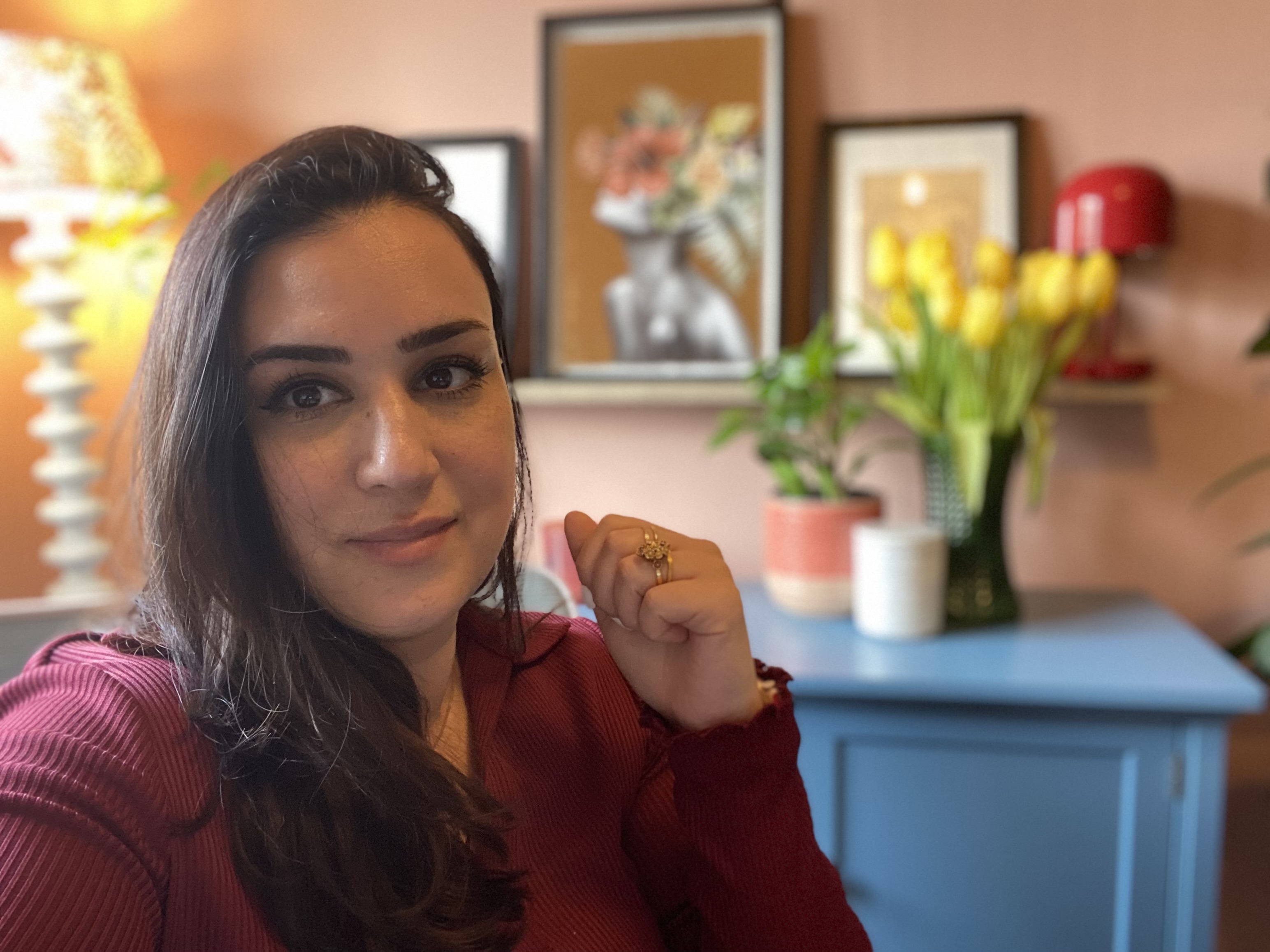
Punteha was editor of Real Homes before joining Homes and Gardens as Head of Solved. She has written and edited wellbeing, lifestyle and consumer pieces for the national press for 17 years, working across print and digital newspapers and magazines. She’s a Sunday Times bestselling ghostwriter, former BBC Good Food columnist and founding editor of independent magazine, lacunavoices.com. Punteha loves keeping her home clean, has tested and reviewed the latest robot vacuums and video doorbells, enjoys cooking, DIY, decluttering and spending weekends personalizing and organizing her newly-built home, tackling everything from plumbing to tiling and weatherproofing, to home fragrancing and cleaning with luxurious smelling homemade solutions.
You must confirm your public display name before commenting
Please logout and then login again, you will then be prompted to enter your display name.